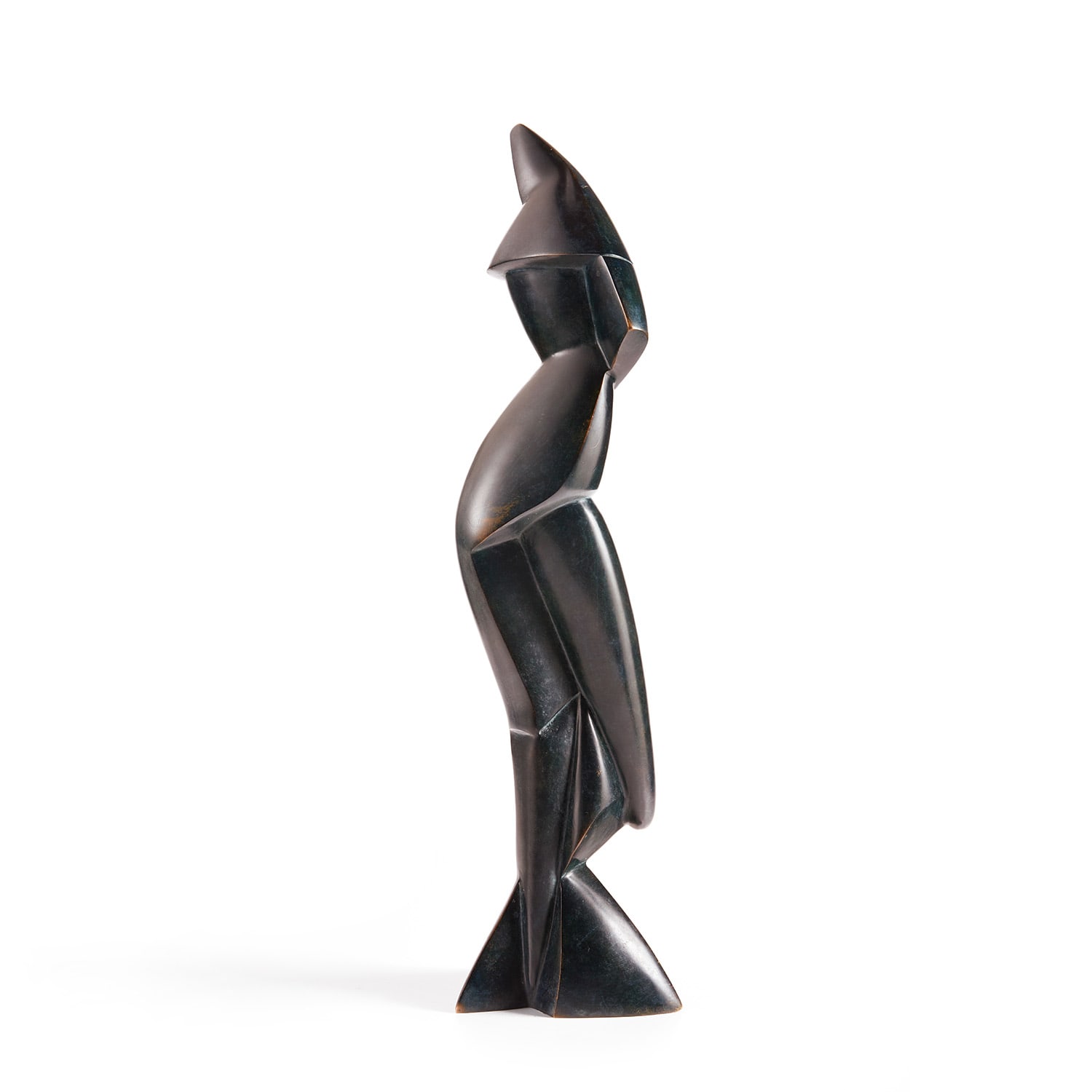





Property from The Museum of Modern Art, New York, Sold to Benefit the Acquisitions Fund
22
Alexander Archipenko
Statue on a Triangular Base
incised with the artist's signature, number and date 'Archipenko 1914 6/8F' on the base
bronze
75.6 x 19.7 x 14.9 cm (29 3/4 x 7 3/4 x 5 7/8 in.)
Conceived in 1914 and cast in bronze by Sheidow Foundry in 1969, this work is number 6 from an edition of 8.